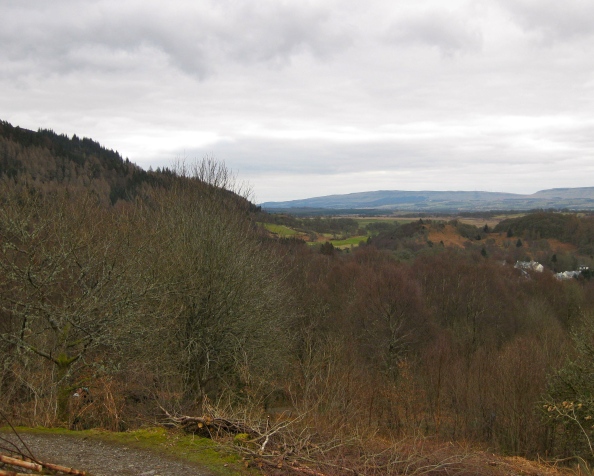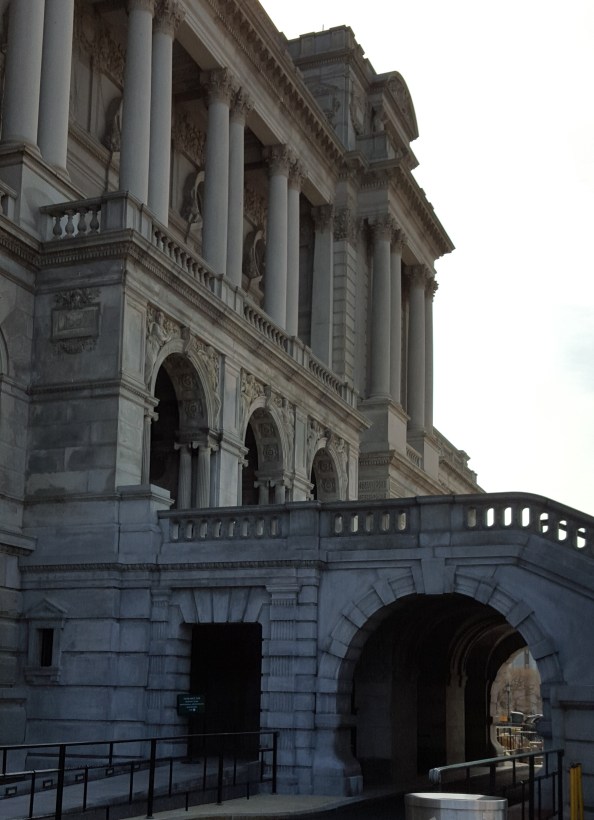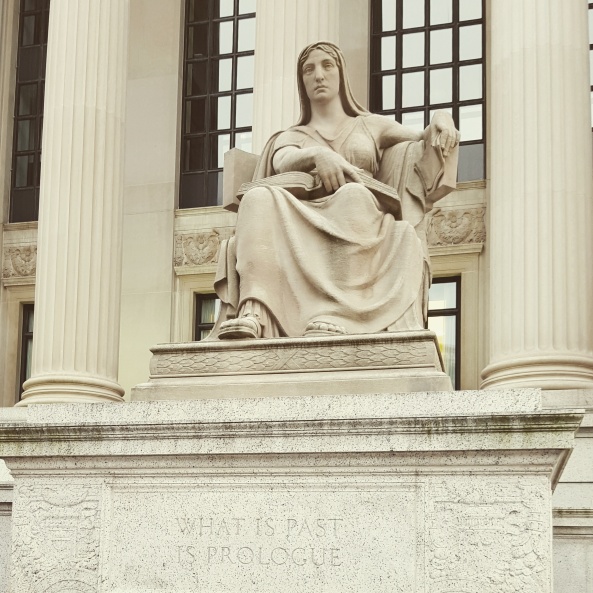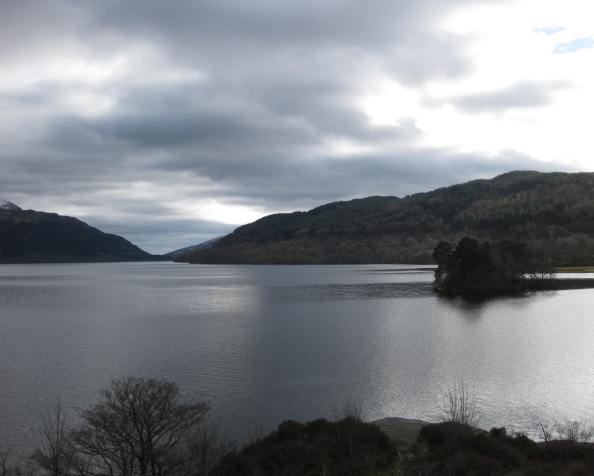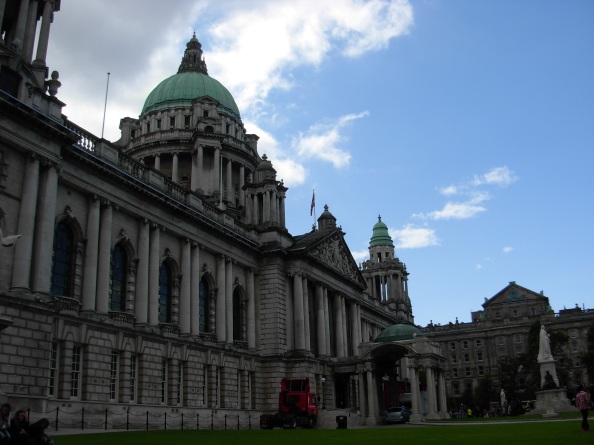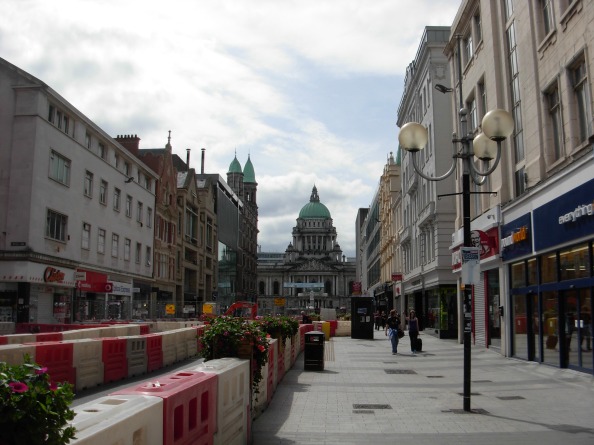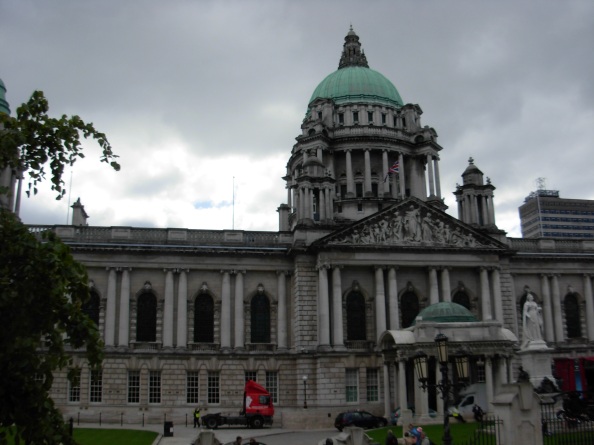Find my previous post on Maud Gonne here.
In November 1900, Maud Gonne and Arthur Griffith, the two main organizers of the Irish Transvaal Society, heard the surprising news that John MacBride had returned from the Transvaal. MacBride, famed for his leadership of the Irish Transvaal Brigade, had been in South Africa since 1896. “It was shortly after the Jameson Raid that my own attention was first turned seriously to the course of events developing in the South African Republics,” he wrote. He had been angered to learn that Irishmen in South Africa had supported the British during the Jameson Raid. “My own view as to the manner in which Irishmen should act in such a crisis ran, of course, on altogether different lines, and although the Jameson business fizzled out in so contemptible a fashion, I felt convinced that the English would not allow it to be their final attempt on the rich republics of the Vaal; and I was also very anxious that our countrymen in South Africa should not, on the next occasion, be found on the side of the would-be grabber and oppressor.”
Once in South Africa, MacBride worked to organize the local Irish community, including establishing an Irish society in Johannesburg with Griffith. Irish immigrants in Africa were soldiers, missionaries, civil servants, miners, and adventurers. By the 1890s, about 15,000-20,000 Irish were in southern Africa, many spurred to immigrate by the discovery of gold in 1886. When war broke out in 1899, an estimated 28,000 Irishmen served in the British army in South Africa. In response to Queen Victoria’s visit to Ireland in 1900 to boost recruitment numbers for the British army, Gonne wrote an impassioned attack against her in the form of an article entitled “The Famine Queen.” The article was first published in a special edition of Gonne’s own journal, L’Irlande Libre, and reprinted in the United Irishman, which was suppressed by the authorities to prevent people from reading it. “Taking the Shamrock in her withered hand she dares ask Ireland for soldiers – for soldiers to protect the exterminators of their race!” Gonne criticized. “And the reply of Ireland comes sadly but proudly, not through the lips of miserable little politicians who are touched by the English canker but through the lips of the Irish people: ‘Queen, return to your own land; you will find no more Irishmen ready to wear the red shame of your livery.’” She avowed that any Irishmen who entered the British army would no longer be considered Irish.
Hundreds of Irishmen joined the war effort on the side of the Boers to fight against the British. Donal McCracken writes, “A basic idea uniting the movement was the belief that Boer aspirations to national identity mirrored Ireland’s own and that consequently to support the Boers was to advance Ireland’s cause.” The Irish Transvaal Brigade, founded and co-led by MacBride, operated from September 1899 to September 1900 and helped to galvanize the Irish nationalist movement. Gonne compared the Irish Brigade to the Wild Geese (embodying the historic tradition of Irish soldiers fighting for foreign armies), who “upheld Ireland’s honour by fighting for the enemies of England even as to-day John MacBride and the Irish Brigade organised by him saved Ireland’s honour in the Transvaal.” She declared that the Irish Brigade had done more for Ireland’s honour than any nationalist at home, “for it is action that counts.”
By September 1900, the war had entered a new phase of guerilla fighting. Most of the Irish left South Africa, the majority going to America and many settling in mining camps in the western United States (as they had been miners in South Africa). MacBride, who could not go back to Ireland, traveled to Paris, where he was met by Gonne, Griffith, and the Paris Young Ireland Society. This was the first time MacBride and Gonne met, though they had previously corresponded with each other concerning the Irish Brigade. Gonne wrote, “We sat up all night talking. MacBride said he had come back hoping there would be something doing in Ireland. The war in Africa is not over and England had still De Wet to deal with, but most of the foreign volunteers had been sent back and the Irish Brigade had been disbanded because the war was entering on another phase. There would be no more regular battles; and in guerilla warfare only those who knew the country and spoke the language would be of use.”
MacBride told her and Griffith that John Blake, the Irish-American co-leader of the Irish Brigade, was staying on, and indeed, a few dozen Irishmen continued to fight as part of the Boer war effort. MacBride himself hoped to return to Ireland to help lead a nationalist resurgence, writing, “Though at present the weapons have fallen from our hands, we hope to pick it up in our own island home, and never let it drop till, by union and strength, we blot out the last vestige of the ‘Empire of Hell.’” However, MacBride realized through talking to Gonne and Griffith that the only current hope for movement on revolutionary nationalism lay in America. They determined that MacBride would undertake a tour of America, hoping to spark Clan-na-Gael enthusiasm. Griffith himself wrote a lecture for MacBride to deliver on his tour, using MacBride’s memories of his experience in South Africa. Gonne recounted, “After a reception by the Paris Young Ireland Society and talks with a few friends from Dublin MacBride went to America. In a few weeks, he wrote to me, urging me to accept an invitation to come on another lecture tour arranged by the now united Clan-na-Gael. He added that he could not get things going unless I came.”
Gonne, who had toured America previously under the auspices of the O’Sullivan faction of the Clan-na-Gael, joined MacBride in the United States in February 1901. “He was with a crowd of friends belonging to both sections of the united Clan who met me when I came off the French Trans-Atlantic liner at the docks in New York; and there was a great meeting in the Academy of Music the night after my arrival,” Gonne wrote. “MacBride gave his lecture on the work of the Brigade and I spoke of Ireland. We had a splendid press.”
Still, the American tour did not go as they hoped. While Irish-Americans felt solidarity with the Boer people, the high point of Irish-American support had been the year before. MacBride turned out to be a rather poor public speaker, and Gonne herself managed to alienate several prominent Irish-American leaders. She was criticized for attacking the United Irish League and constitutional nationalists in her speeches.
The pair mourned the fact that lawyers and politicians, rather than revolutionaries, controlled the Irish-American nationalist movement. “They could be counted on to exert their influence against an Anglo-American alliance, which England was always trying for. That in itself was a great thing, for to make the holding of Ireland injurious to England is one of the means toward securing freedom,” Gonne recounted. “No doubt they would back up the fight in Ireland when it started, but they were happier supporting constitutional leaders like Parnell and were hard to convince that there was nothing to hope from men like [John] Redmond or John Dillon.” Despite lack of concrete support for revolutionary nationalism, she felt that the rank-and-file of Irish-American nationalist organizations were “ready for anything.”
Gonne returned to Europe at the urging of Griffith in May 1901, leaving MacBride in America. “I didn’t feel I had accomplished much,” she reflected, “but I still hoped MacBride might succeed in setting the match to the inflammable fighting forces of the Clan-na-Gael, in spite of the politicians.” As she returned to Paris, she managed to smuggle out a baby alligator from America as a present for her seven-year-old daughter. After completing his tour of the American west coast, MacBride decided to return to Europe as well, working as a journalist in Paris while still hoping to help spark a revival in revolutionary Irish nationalism. He wrote to a group of Limerick nationalists, “Depend not on aid from America or France. God helps those who help themselves. Let our motto be – ‘Ourselves! Ourselves alone! Sin fein! Sin fein!’ The brave doctrine of fight must not be allowed to be hushed in the land. It is not by frothy speeches from platforms in Ireland and America and by academic motions in Westminster that our country shall be made ready for the chance that will surely come again – the second chance that comes to those who prepare for it.”
While constitutional nationalism was on the rise in the early years of the twentieth century, Gonne, MacBride, and Griffith’s experiences show that the undercurrents of revolutionary nationalism remained, biding time and preparing for that chance.
Selected Reading:
Norman Jeffares and Anna MacBride White, eds., The Autobiography of Maud Gonne: A Servant of the Queen (Chicago: University of Chicago Press, 1994). Written 1938.
Anthony J. Jordan, ed., Boer War to Easter Rising: The Writings of John MacBride (Dublin: Westport, 2006).
Donal P. McCracken, Forgotten Protest: Ireland and the Anglo-Boer War. (Belfast: Ulster Historical Foundation, 2003). Originally published as The Irish Pro-Boers, 1877-1902, in 1989.
Donal P. McCracken, MacBride’s Brigade: Irish Commandos in the Anglo-Boer War (Dublin: Four Courts, 1999).
Margaret Ward, ed. In Their Own Voice: Women and Irish Nationalism (Cork: Attic, 1995).
Margaret Ward, Maud Gonne: Ireland’s Joan of Arc (London: Pandora, 1990).



